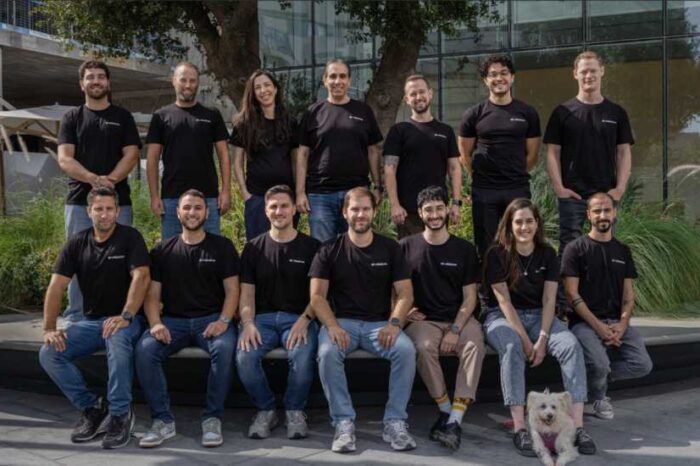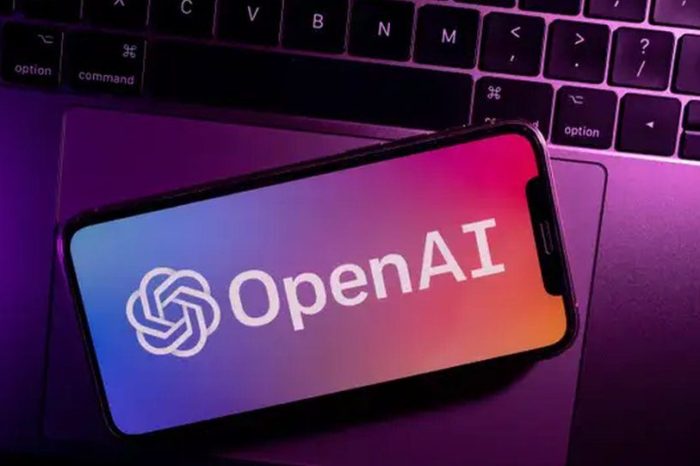OpenAI plans to release a new ‘open-weight’ language model with reasoning in the coming months

OpenAI announced plans to release its first open-weight language model with reasoning capabilities since GPT-2. CEO Sam Altman shared the update on Monday, saying the model could be available in the coming months—maybe even by summer.
This marks a big change in direction for OpenAI. After years of keeping its most advanced models behind closed APIs and subscriptions, the company is opening its doors again. With reasoning built in, this new model isn’t just about generating text—it’s meant to think through problems, make logical connections, and provide more structured responses.
Altman said the model will go through OpenAI’s internal evaluation process before launch, just like any other release. But this time, they’re adding more checks, knowing full well the model will be modified once it’s out in the wild.
“TL;DR: we are excited to release a powerful new open-weight language model with reasoning in the coming months, and we want to talk to devs about how to make it maximally useful,” Altman shared on X.
This is a pretty big moment for OpenAI. Since the release of GPT-2 back in 2019, the company has kept a tight lid on its newer models, offering access only through APIs or paid subscriptions. This time, things are different. The upcoming model will be downloadable and modifiable—a shift that could ripple through the AI space.
“We’ve been thinking about this for a long time but other priorities took precedence,” Altman wrote. “Now it feels important to do.” He added that the model will be run through OpenAI’s preparedness framework before launch, and acknowledged that the team is doing extra prep work, knowing full well that developers will modify it once it’s out.
OpenAI is kicking things off with developer events in San Francisco, followed by sessions across Europe and Asia-Pacific. The goal is to gather feedback, test early prototypes, and better understand how developers want to use the model before it officially launches.
“We’re excited to see what developers build and how large companies and governments use it where they prefer to run a model themselves,” Altman added.
What’s an Open-Weight Model?
An open-weight model gives developers direct access to the neural network’s internal parameters—basically the “guts” of how it works. Unlike cloud-based models that you query through an API, these models can be downloaded and run locally or on custom infrastructure. That makes them more flexible, cheaper to use at scale, and easier to customize for specific use cases.
Think of it like getting access to the source code instead of a locked-down app. You’re not just using the model—you can reshape it however you like.
Why Now?
It’s not just nostalgia for GPT-2 driving this decision. The market has changed. Meta got things started in 2023 with its Llama model, and since then, other players like DeepSeek have jumped in with their own open-weight alternatives. DeepSeek’s R1 model in particular caught attention for offering strong performance at a fraction of the cost of bigger Western models.
Altman hasn’t been shy about acknowledging the shift. Timing, he says, now feels right. Competitive pressure likely plays a role here too. OpenAI has built a name for premium AI products, but the momentum around open-source alternatives is hard to ignore.
Releasing an open-weight model isn’t just a move to stay relevant—it’s a step toward reclaiming influence in a part of the AI ecosystem the company once helped define.
What Developers Can Expect
OpenAI is inviting developers to be part of the process. Through upcoming events and a dedicated early access page, the company is trying to understand what users actually need—and build around that.
This approach could make a real difference. By letting developers run models locally, OpenAI is giving smaller teams and organizations the chance to build without relying on pricey third-party tools. From startups to universities to public institutions, the possibilities stretch far and wide.
And for developers, there’s more than cost savings. Open-weight models can be fine-tuned for specific tasks and integrated into custom workflows, something that’s harder to do with locked-in cloud APIs. You get freedom and control—two things developers tend to value a lot.
Some Risks in the Mix
Still, it’s not all smooth sailing. Once a model like this is out in the wild, control becomes trickier. OpenAI has dealt with its fair share of scrutiny—copyright lawsuits, content moderation challenges, and concerns about misuse. A model that can reason better than previous versions could raise new questions about safety and accountability.
There’s also the competition. DeepSeek’s R1, for example, has already been recognized for its speed and cost-efficiency. If OpenAI wants developers to take this release seriously, it has to prove that it’s not just powerful, but worth the switch—especially for users who are watching performance benchmarks closely.
Looking Ahead
As of March 31, 2025, all eyes are on OpenAI. This upcoming model could mark a shift in how the company engages with the broader tech community—and how developers build with AI.
The stakes are high, but so is the excitement. A lot depends on execution, transparency, and whether OpenAI can balance openness with responsibility.
Altman said it best: “Now it feels important to do.” If they pull it off, this release could end up being one of the most influential things OpenAI has done in years.
Summer’s not far off—and if this lands the way it’s expected to, it could be a big one.




